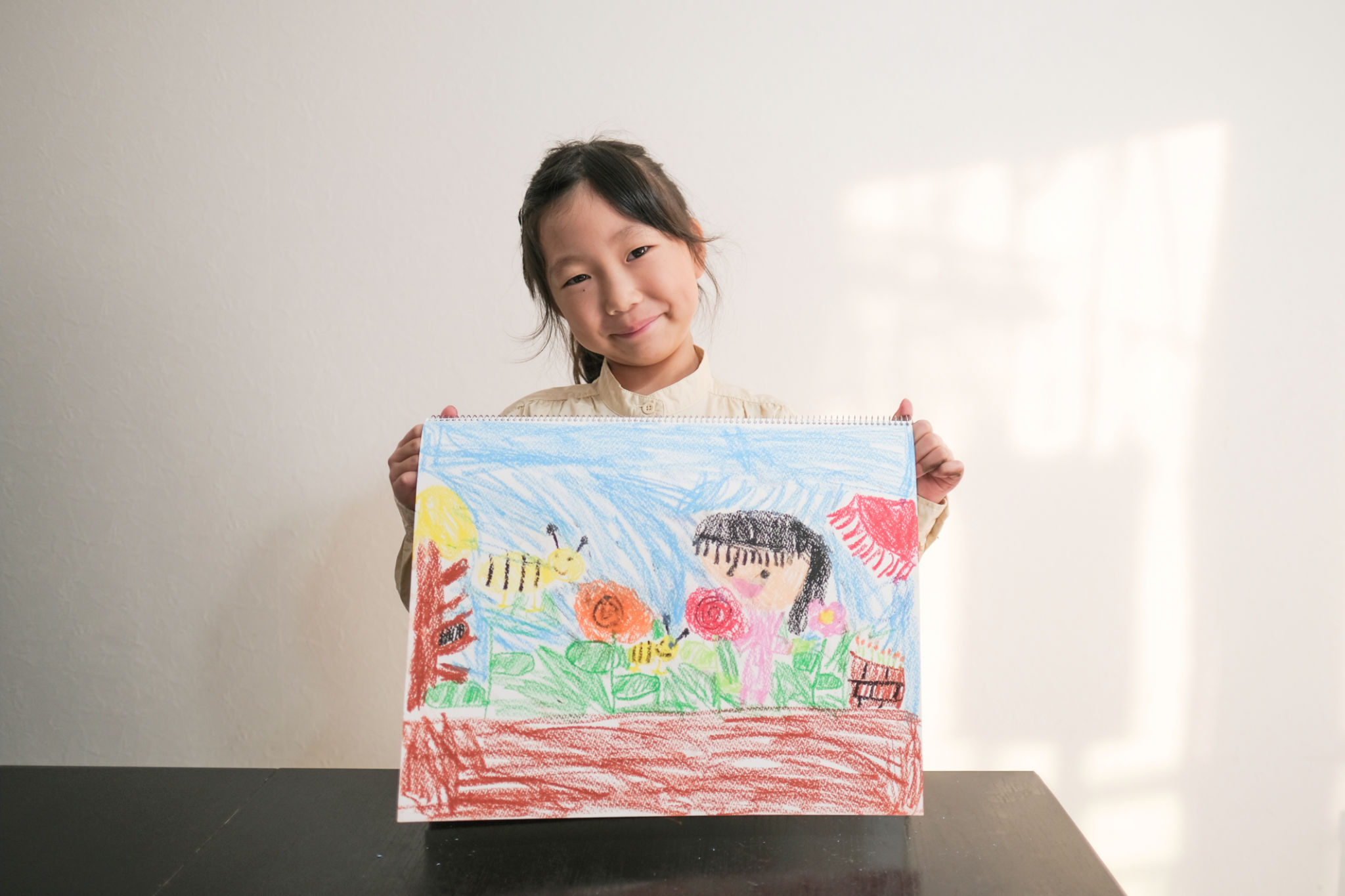Why Supporting Children through Art Matters: Insights and Outcomes
The Importance of Art in Child Development
Art plays a crucial role in the development of children, influencing their cognitive, emotional, and social growth. Engaging in artistic activities not only nurtures creativity but also enhances critical thinking and problem-solving skills. By supporting children through art, we are investing in their future and providing them with tools to express themselves and navigate the complexities of the world.

Cognitive Benefits of Art Education
Art education stimulates brain development in young children. When children engage in drawing, painting, or sculpting, they enhance their fine motor skills and hand-eye coordination. These activities also require them to make decisions, encouraging them to think critically and creatively. Furthermore, exposure to different art forms can improve visual-spatial skills, which are essential for tasks such as reading maps, solving puzzles, and understanding mathematical concepts.
Emotional and Social Growth through Art
Art provides a safe space for children to express their emotions and explore their identities. It allows them to communicate feelings they might not have the words for, fostering emotional intelligence. Additionally, collaborative art projects can teach children valuable social skills such as teamwork, communication, and empathy as they work together towards a common goal.

Encouraging Creativity and Imagination
In our rapidly changing world, creativity is an invaluable asset. Art encourages children to think outside the box and explore multiple solutions to a problem. This imaginative play is fundamental in developing innovative thinking, which is crucial in both personal and professional spheres. By fostering creativity, we are preparing children to adapt and thrive in diverse environments.
Long-term Outcomes of Artistic Support
Research indicates that children who engage in artistic activities are more likely to succeed academically and professionally. Art education has been linked to higher academic performance in other subjects such as mathematics and sciences. Moreover, the skills acquired through art—such as perseverance, focus, and collaboration—are highly sought after in the workforce.

How to Support Art Education for Children
There are several ways to support art education for children:
- Encourage artistic expression at home by providing materials such as paints, crayons, and clay.
- Enroll children in art classes or workshops to learn from experienced instructors.
- Advocate for art programs in schools and communities.
- Visit museums and galleries to expose children to diverse forms of art.
The Role of Communities in Promoting Art
Communities play a vital role in promoting art education by providing resources and creating opportunities for children to engage with art. Local organizations can organize events such as art fairs, exhibitions, and workshops that bring artists and children together. By cultivating an environment that values artistic expression, communities help nurture the next generation of creative thinkers.
Conclusion: The Lasting Impact of Art on Children
Supporting children through art is not merely about nurturing potential artists; it's about equipping young minds with essential skills for life. The benefits of art education extend far beyond the classroom, impacting children's academic performance, emotional well-being, and social interactions. As parents, educators, and community members, it is our responsibility to ensure that every child has the opportunity to experience the transformative power of art.